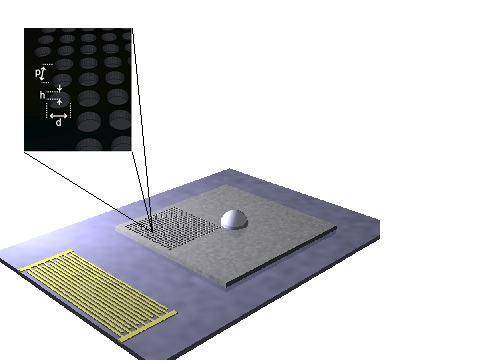Dr Julien Reboud
My research is directed towards the development of tools and platforms to control and integrate synthetic biology processes and parts. In particular, there is a strong focus in making use of the mechanical energy of ultrasound to manipulate parts, be they molecules, cells, or proto-cells, to enable new reactions or enhance the efficiencies of existing pathways. This will enable us to direct genetic engineering as well as metabolic pathways, using the energy of sound (and its frequency) to switch between different states and reactions at will, in a miniaturised and automated fashion, with application into waste management, energy fuels, and biochemical manufacturing.
Current project:
Ultrasonic Synthetic Biology Factories for Biomedicine
Synthetic biology promises a modular approach to engineer products that allow new components to be discovered, tested and manufactured better, faster and cheaper than existing approaches and on a larger scale. However, it is recognised that it requires new tools and platforms for rapidly building and testing new parts, chassis and systems. Proposed approaches for these ‘factories’ are still very much manual and built across a variety of platforms, leading to lengthy development timeframes, limited robustness and expensive outcomes.
My research is aimed at building ultrasonic biofactories, using acoustic energy from ultrasound. Acoustic waves, similar to those used in ultrasonic imaging, are mechanical deformation propagating in materials and carry mechanical energy. This energy can be harnessed to control bioreactions in time and space. I am interested in using phononic materials (akin to acoustic holograms) to control the propagation of the sound and thus modulate/select different functions on a single low-cost platform.
For example, by exerting a mechanical force on the length scale of living cells, it is possible to use ultrasonics to cluster cells (natural or synthetic) and create dynamic networks. Such factories have the potential to integrate a wide variety of synthetic biology processes, from DNA manipulation, to selection (including sensing and analysis through mass spectrometry) and packaging. This will be applied in controlling and optimising synthetic pathways for the production of biologics, as well as evolving targeted enzymes.

Fig. 1 Picture of an acoustic device acting on a drop of liquid. Inset is a zoomed in portion of the phononic structure that acts as a filter.

